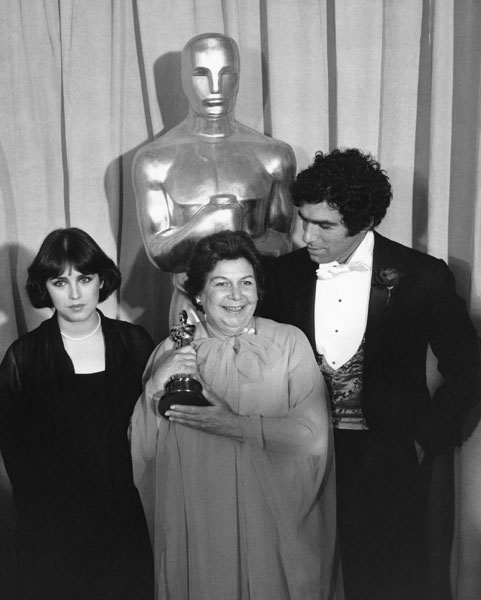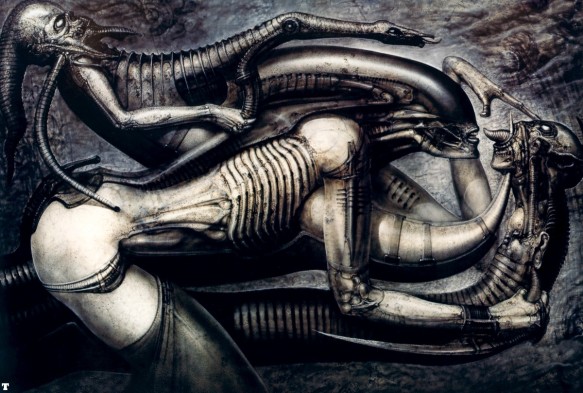 Verna Fields 1918 – 1982 was an American film editor, film and television sound editor, educator, and entertainment industry executive.
Verna Fields 1918 – 1982 was an American film editor, film and television sound editor, educator, and entertainment industry executive.
Credits
Fields has edited more than thirty motion pictures, including Peter Bogdanovich’s What’s Up, Doc ? (1972), Paper Moon (1973), and Daisy Miller (1974). She brought George Lucas, her pupil at USC, into the studios, and she supervised the ground-breaking editing on American Graffiti (1973). Then she edited The Sugarland Express (1974), 23-year-old Steven Spielberg’s first major picture. That work led to her most heralded assignment: editing Jaws (1975).
Life
Her father Sam Hellman, a managing editor of The St.Louis Post-Dispatch, had moved his family to Los Angeles so he could write screenplays. Hellman scripted Little Miss Marker (1934) and Stanley and Livingstone (1939) and other 1930s successes. But he had higher aspirations for his daughter than Hollywood. “My father was very celebral,” Verna said. He sent her to a fancy Parisian secondary school at the College Feminin de Bouffemont, before she studied at USC, receiving a BA in journalism. In 1946, she married the film editor Sam Fields. The Fields had two sons; one of them, Richard Fields, became a film editor. In 1954, Sam Fields died of a heart attack at the age of 38.Her career as an executive at Universal continued until her death in 1982 at age 64.
Early Career
When asked how she planned to break Hollywood barriers against women in production jobs, she said this:
“I’m the wrong one to ask,” she said. “I was totally ambitionless. I got into movies by accident. I was on canteen duty during World War II, doing nothing special. I met my friend Margie Johnson one day, and we were on our way to serve coffee to the GIs. But her boyfriend was an assistant editor, so she said, ‘Come over to the studio first. It’s fun.’ Well, this guy met us at the gate. He was cute. I started hanging out there to be with the cute guy.”
Director Fritz Lang needed help with sound editing, so he asked, “Who is that young girl always hanging around?” Thus “discovered” by Lang, Verna was hired on as an editing apprentice, without knowledge or experience; and four years later, she joined the union.
 Subsequently her first credit as a sound editor was for Fritz Lang’s While the City Sleeps (pictured above). She worked on the experimental documentary The Savage Eye (1959); the co-directors Ben Maddow, Sidney Meyers, and Joseph Strick and the other connections she made on this film were important to her in her future career. In 1962 Fields won the Motion Picture Sound Editors’ Golden Reel Award for the film El Cid (directed by Anthony Mann).
Subsequently her first credit as a sound editor was for Fritz Lang’s While the City Sleeps (pictured above). She worked on the experimental documentary The Savage Eye (1959); the co-directors Ben Maddow, Sidney Meyers, and Joseph Strick and the other connections she made on this film were important to her in her future career. In 1962 Fields won the Motion Picture Sound Editors’ Golden Reel Award for the film El Cid (directed by Anthony Mann).
Teaching
In the mid-1960s, Fields taught film editing at the University of Southern California. Douglas Gomery wrote of her time at USC that: “Her greatest impact came when she began to teach film editing to a generation of students at the University of Southern California. She then operated on the fringes of the film business, for a time making documentaries for the Office of Economic Opportunity. The end of that Federal Agency pushed her back into mainstream Hollywood then being overrun by her former USC students.” Fields students had included Matthew Robbins, Willard Huyck, Gloria Katz, John Milius, and George Lucas.
Career
Shortly after the completion of Jaws in 1975, Fields was hired by Universal Studios as an executive consultant. Some insight into Universal’s reasons for hiring her can be gleaned from the fact that during the filming of Jaws, in addition to her editing, Fields had been “omnipresent…at Spielberg’s beck and call by means of a walkie-talkie. Often she would shuttle back and forth on her bike between the producers in town and Spielberg at the dock for last-minute decisions”. Throughout her career, Fields had worked independently, but in 1976, and following the unexpected success of Jaws, she accepted a position as the Feature-Production Vice-President with Universal.She was thus among the first women to hold high executive positions with the major studios.In a 1982 interview, Fields was quoted as saying, “I got a lot of credit for Jaws, rightly or wrongly.”









